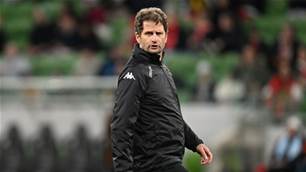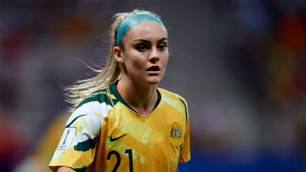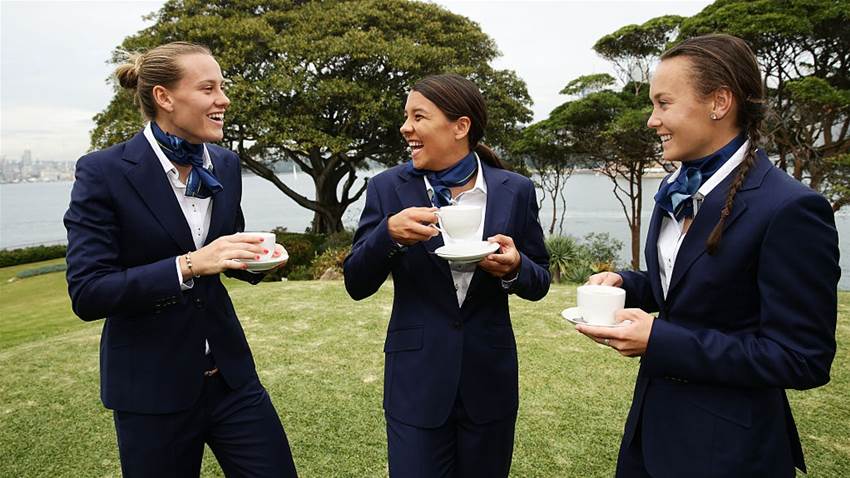Football fans in Australia are longing for the world game down under to go to the next level. Many are talking about promotion and relegation in the A-League as the logical way to add some spark to a stale product.
However the biggest potential for the growth of our game is women’s football, with over 156,000 girls and women participating in 2019 according to FFA’s census. There are literally millions more potential fans of the women’s game who simply need to be captured.
While the promotion and relegation idea for men’s football has plenty of merit, practically speaking it may not happen anytime soon...for the next 15 years at least. Every A-League club, apart from Wellington, has a guarantee they won’t be relegated until 2034 when the current licences run out.
This guarantee came in 2014 when all club owners (except Wellington’s) were given assurance for the following 20 years they would be safe in the top tier, an incentive for them to invest.
At least two A-League owners have privately said a National Second Division is at least 10 years away, a realistic timetable considering the significant cost of running such a competition.
So let’s focus on one of the biggest untapped markets in Australia, women’s football. Girls, boys, women and men around the country want to support the W-League and Matildas. They simply haven’t been given enough incentive to do so.
Average crowds at the W-League this past season were around 1,500. Rather than lament at this figure, let’s consider it a starting point.
The coverage for the W-League has increased significantly in the past few years. Two live games on TV plus every game being live streamed on Kayo Sports. There is more radio coverage and online content now too.
The Matilda’s are the most popular sporting team in Australia. Many of them play in the W-League. Our best players from the W-League are now joining the top European leagues, a huge compliment to our national domestic league.
Australia is in with a red hot chance of hosting the 2023 World Cup. If Australia doesn’t get it then 2027 or 2031 are definitely a possibility. The platform is there for the women’s game to keep moving forward in this country.
The biggest challenge is how to tap into this potential gold mine of fans. Community engagement is crucial. This is easier said than done. Most W-League clubs have community programs where they visit schools, hospitals and local clubs. This needs to be more frequent.
Also more free to air and radio coverage on main stream channels is critical. The ABC did a good job but FFA needs to come up with a clever model so the main commercial networks come on board. Maybe FFA need lower the fees they expect from a free to air network. Maybe provide it for free to get the product out there.
Another key strategy could be to ensure Australian TV channels obtain free to air TV coverage of the popular US WNSL and the growing English WSL. Optus Sport currently shows some English games and the American league is streamed online. Having the best leagues on free to air TV with the best players will attract football fans who will in turn hopefully ask the question, what is Australia’s equivalent?
Of course, this is the W-League.
Growing up in Australia most of us watched the English Premier League on ABC or the Champions League and the best European leagues on SBS. That helped capture the imagination of Aussie kids who would then go to the NSL or the A-League.
If we can do the same for women’s football it will go a long way to capturing the imagination of boys and girls. It would be a tough thing to get overseas women’s leagues shown here but FFA needs to be bold and try and make it happen.
While there is no doubt the men’s version of the game is the money-spinner right now, the women’s game has huge potential.
Related Articles

'Timing not right': Montemurro's verdict on Matildas vacancy

Matildas: 'Fourth at the Olympics is honestly the worst place you could come'
.jpg&h=172&w=306&c=1&s=1)












